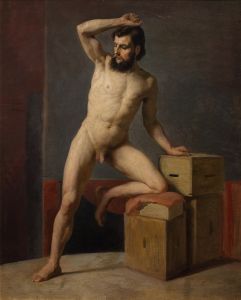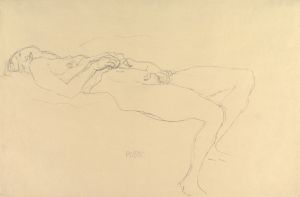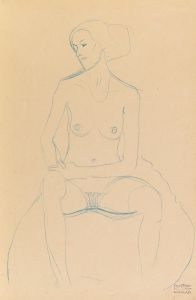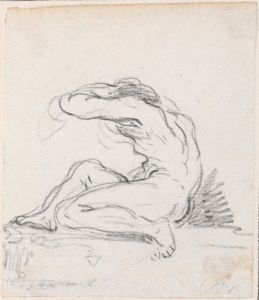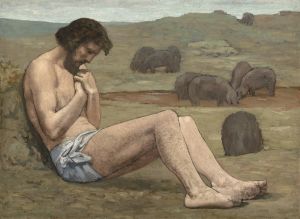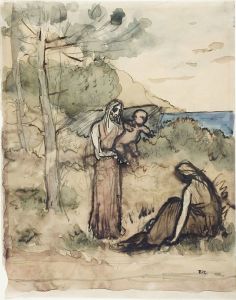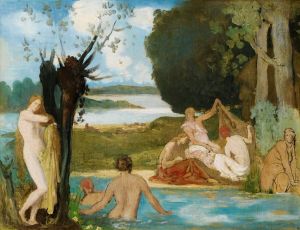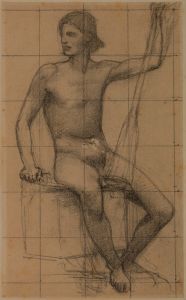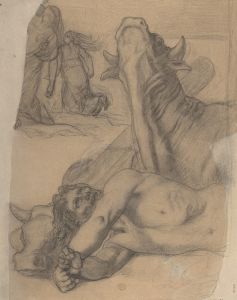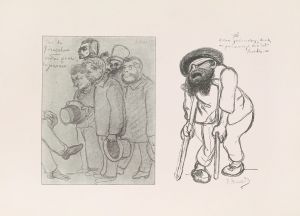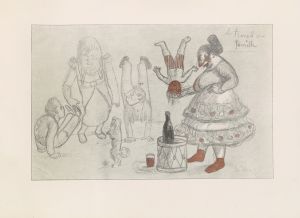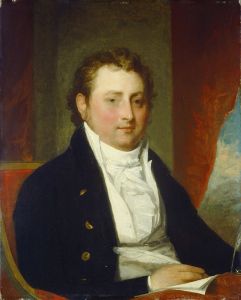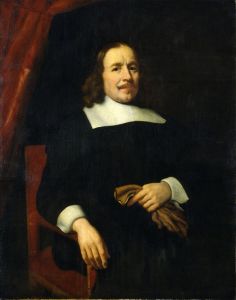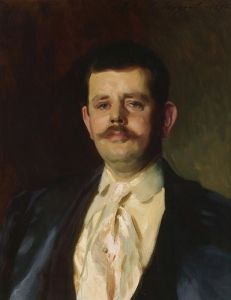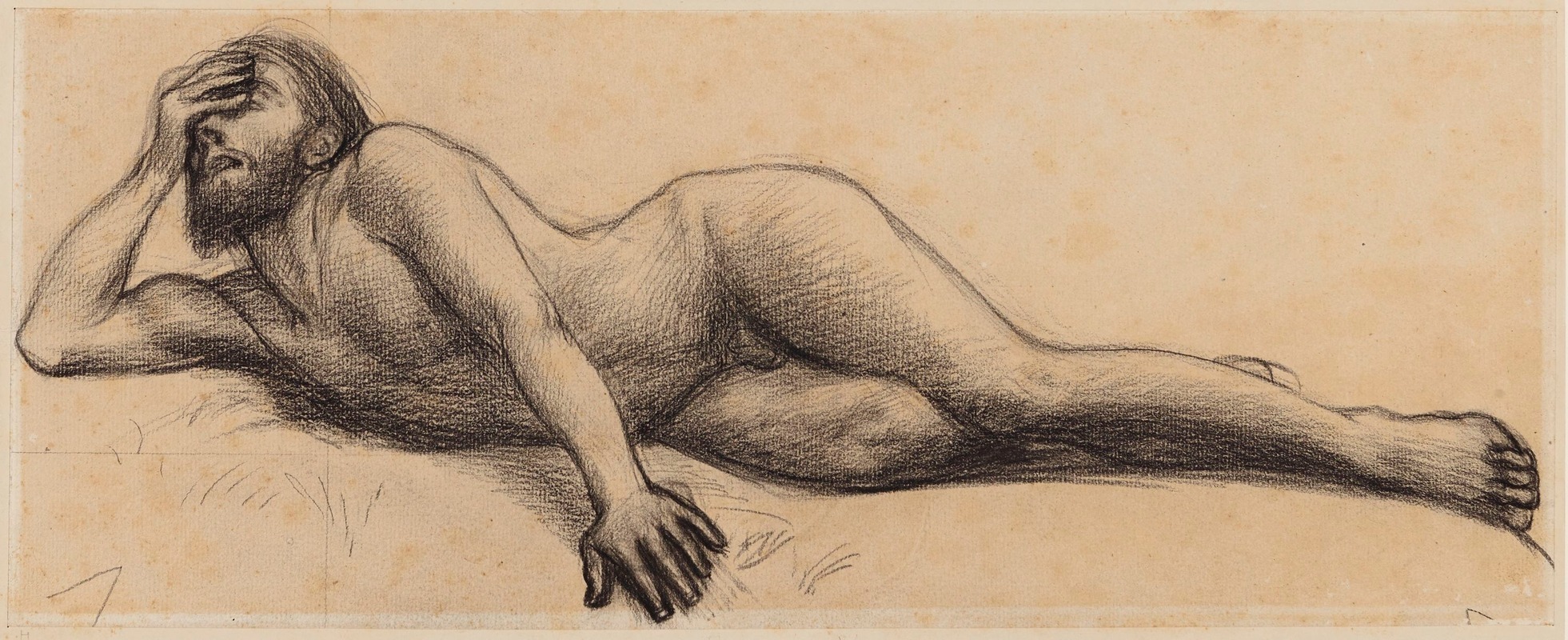
Homme nu étendu par terre
A hand-painted replica of Pierre Puvis de Chavannes’s masterpiece Homme nu étendu par terre, meticulously crafted by professional artists to capture the true essence of the original. Each piece is created with museum-quality canvas and rare mineral pigments, carefully painted by experienced artists with delicate brushstrokes and rich, layered colors to perfectly recreate the texture of the original artwork. Unlike machine-printed reproductions, this hand-painted version brings the painting to life, infused with the artist’s emotions and skill in every stroke. Whether for personal collection or home decoration, it instantly elevates the artistic atmosphere of any space.
Pierre Puvis de Chavannes was a notable French painter of the 19th century, renowned for his mural paintings and contributions to the Symbolist movement. His work often depicted allegorical themes and was characterized by a distinctive style that combined classical elements with a modern sensibility. One of his lesser-known works is "Homme nu étendu par terre," which translates to "Nude Man Lying on the Ground."
This painting, like many of Puvis de Chavannes' works, reflects his interest in the human form and the exploration of human conditions through a symbolic lens. The artwork features a male figure, depicted nude, lying on the ground. The composition is simple yet evocative, focusing on the contours and posture of the human body. The choice of a nude male figure is significant, as it allows for an exploration of vulnerability and the natural state of humanity, themes that are recurrent in Puvis de Chavannes' oeuvre.
Puvis de Chavannes was known for his ability to convey emotion and narrative through minimalistic compositions, often using muted color palettes and serene landscapes. In "Homme nu étendu par terre," the emphasis is on the form and the pose of the figure, which may suggest themes of rest, contemplation, or mortality. The simplicity of the scene invites viewers to engage with the painting on a personal level, interpreting the figure's state and the surrounding environment in various ways.
The artist's technique in this work is consistent with his broader style, which often involved a careful balance between detail and abstraction. Puvis de Chavannes was adept at creating a sense of timelessness in his paintings, a quality that is evident in "Homme nu étendu par terre." The lack of specific contextual details in the painting allows it to transcend a particular time or place, making it a universal exploration of the human condition.
Puvis de Chavannes' influence on later artists and movements is well-documented. His approach to composition and thematic exploration paved the way for Symbolist and even early Modernist painters. While "Homme nu étendu par terre" may not be as widely recognized as some of his larger mural works, it nonetheless embodies the qualities that made Puvis de Chavannes a pivotal figure in the transition from traditional to modern art.
The painting is an example of how Puvis de Chavannes could convey complex ideas through seemingly simple imagery. His work often invites contemplation and introspection, encouraging viewers to consider broader existential themes. "Homme nu étendu par terre" is a testament to his skill in using the human form as a vehicle for deeper philosophical inquiry.
In summary, "Homme nu étendu par terre" by Pierre Puvis de Chavannes is a work that encapsulates the artist's mastery of form, composition, and thematic depth. It reflects his broader artistic goals of exploring human nature and emotion through a symbolic and timeless lens. While specific details about the painting's creation and history may be limited, its significance lies in its ability to engage viewers in a dialogue about the essence of humanity.





